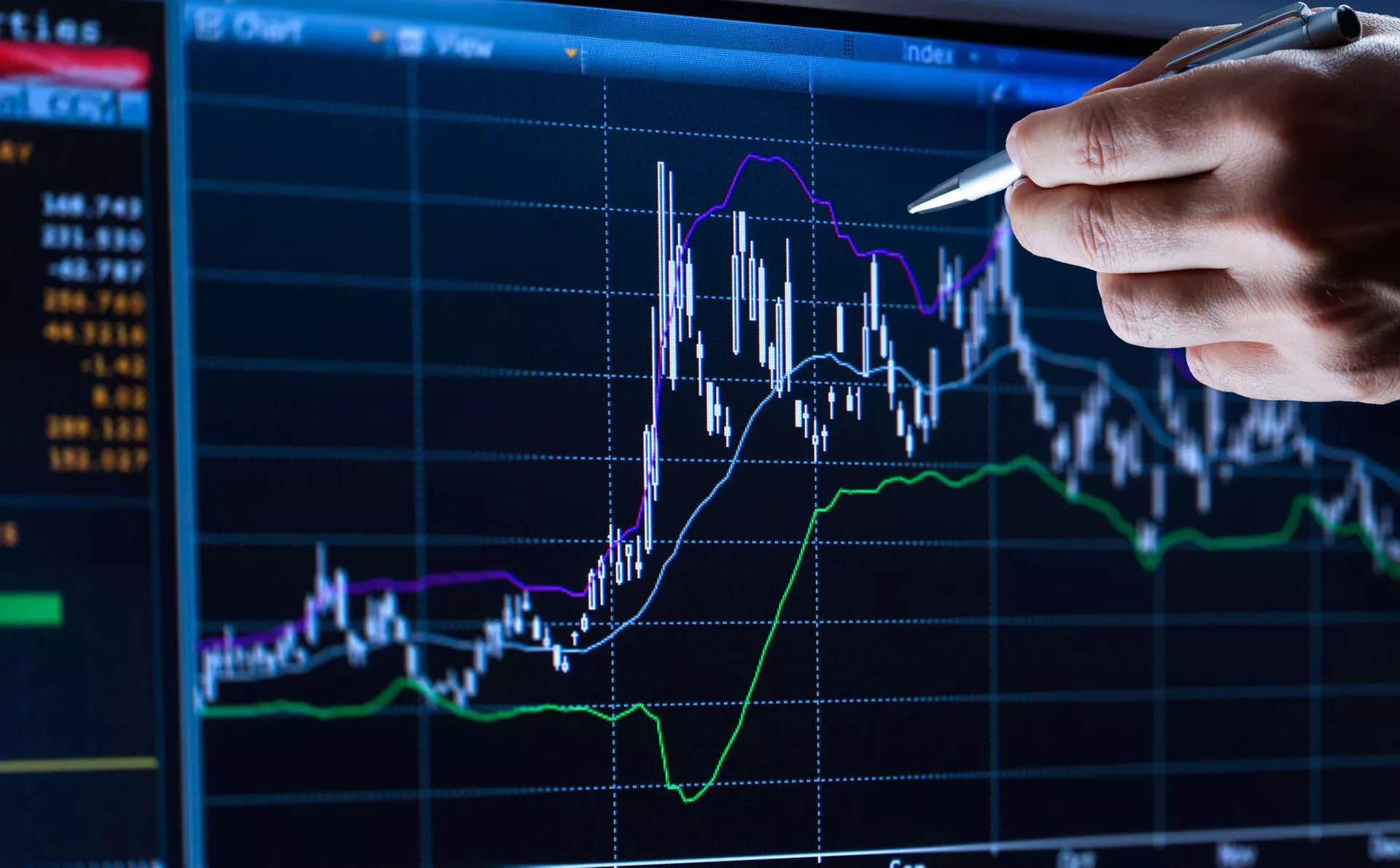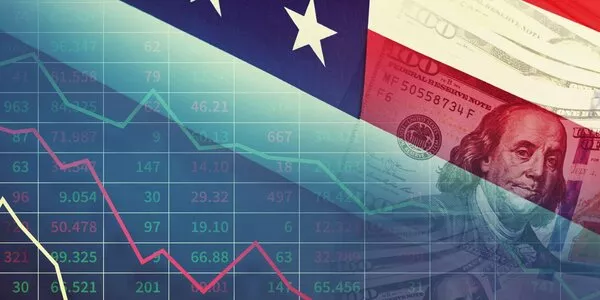
Weekly Update - Inflation – running hot or cold?
US 10-year yields started 2020 at 1.92% before plummeting lower as the scale of economic disruption from the pandemic became clear and the Fed slashed short rates to zero. The lows in yields were reached at only 0.51% in August, before investors began to take comfort from the scale of monetary and fiscal support and to push yields higher, slowly at first and then faster after November’s announcements of effective vaccines. This week, yields hit 1.52%, having tripled in only six months. Inflation worries have been stoked by the size of fiscal support packages, notably Joe Biden’s $1.9 tn plan to aid US households, businesses and local governments. This represents some 9% of US GDP, rising to 13% if we factor in the $900 bn package signed by Donald Trump in late December. However, Biden’s plan is designed to alleviate economic distress – via government handouts, enhanced unemployment benefits, grants for small businesses etc. – rather than boost long-term growth prospects.
In addition, economic slack remains sizeable. The output gap (the difference between growth potential and actual output) is still wide and many millions of new jobs will need to be created before wage pressures begin to build. Furthermore, households seem to have preferred to build up savings rather than spend – consumer credit growth has not accelerated despite the sharp rise in money supply and the personal savings rate ticked up to 13.7% in December, almost double the 7.3% average of the previous decade. All in all, Powell’s belief that it will take more than three years to reach the Fed’s new longer-run average inflation target of 2% – and that inflation risks remain to the downside – looks justified.
Moreover, rising federal deficits have added dramatically to the US debt burden. Our economists expect the debt-to-GDP ratio to reach 129% this year (see the left-hand chart below), a level which is likely to be breached if all Biden’s spending plans are approved. This is well above the 90% level which academic studies suggest leads to weaker GDP growth as resources are diverted to service the debt. For now, the cost of debt service has been kept under control by the collapse in bond yields, but a sustained rise in long rates would surely call into question the sustainability of federal finances.
As a result, we expect the Fed to maintain current policy settings and to use its buying power to keep Treasury yields from rising too far. Mr Powell is unlikely to embrace “yield curve control” explicitly – this policy involves a commitment to use a central bank’s asset purchases to keep yields at a certain level, as implemented by the Bank of Japan and the Reserve Bank of Australia – but the Fed’s $120 bn buying per month could be used to the same ends.
Bottom line. Although bond yields may continue to rise in coming months, we do not expect an inflationary spiral to set in and long rates should ease lower by late 2021. In general, bond markets offer little value and we maintain an underweight stance. As shown on the right-hand chart, periods of rising Treasury yield often coincide with a switch from growth stocks to value – discounting long-term cash flows at higher rates leads to a lower net present value for highly-valued equities. All told, a balance in portfolios between the two categories seems prudent.




